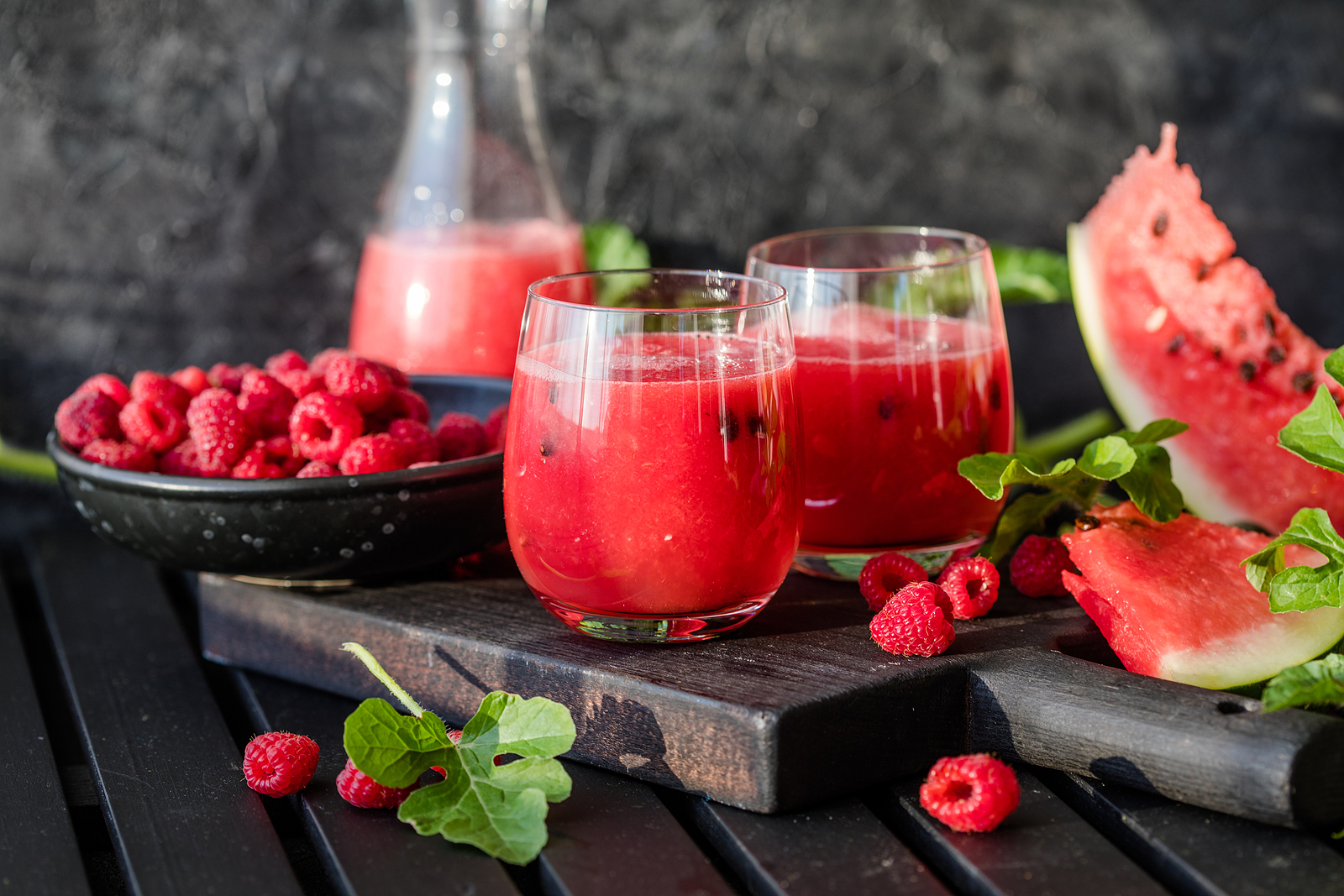Introduction
Pasteurised fruit juice is a staple in many households around the world. Known for its extended shelf life and preserved taste, it offers a convenient and safe option for consumers looking to enjoy the natural flavors of fruit without the risks associated with fresh, unpasteurized juices. This blog will delve into the processes used for producing pasteurised fruit juice, the benefits of each method, and how manufacturers can choose the best processing technique for their products. We’ll also explore the role of MicroThermics equipment in ensuring high-quality juice production.
Understanding Pasteurised Fruit Juice
Pasteurisation is a process that heats fruit juice to a specific temperature for a set period, killing harmful microorganisms and extending the juice’s shelf life. This process is essential for maintaining the safety and quality of the juice, making it a popular choice for both consumers and manufacturers. There are several methods of pasteurisation, each suited to different types of fruit juice and intended distribution methods.
The Importance of Pasteurisation in Fruit Juice Production
- Safety and Shelf Life: Pasteurisation eliminates pathogens that can cause spoilage and foodborne illnesses, ensuring the juice remains safe to drink for an extended period.
- Flavor Preservation: Proper pasteurisation techniques help maintain the natural taste and nutritional value of the fruit juice.
- Consumer Convenience: Pasteurised fruit juice is available in various packaging options, including refrigerated and shelf-stable versions, catering to different consumer needs.
Methods of Pasteurisation for Fruit Juice
- Small Tunnel Pasteuriser
The small tunnel pasteuriser is designed for producing high-quality, fresh-tasting pasteurised fruit juice. This method involves heating the juice to a precise temperature before rapidly cooling it. The result is a product that retains much of its original flavor and nutritional content. This technique is ideal for juices that are sold refrigerated and consumed relatively quickly.
- Aseptic Processing
Aseptic processing involves sterilizing the fruit juice and its packaging separately before filling the containers in a sterile environment. This method ensures that the juice remains free from contaminants and can be stored at room temperature for extended periods without the need for preservatives. Aseptic processing is suitable for manufacturers looking to produce convenient, shelf-stable juice products.
- Hot-Fill Processing
Hot-fill processing heats the fruit juice to a high temperature and fills it into containers while still hot. The heat sterilizes both the juice and the container, creating a vacuum seal as the product cools. This method is commonly used for juices that are not intended to be refrigerated, offering a longer shelf life and reduced packaging costs.
Choosing the Right Pasteurisation Method
Selecting the appropriate pasteurisation method for fruit juice production depends on several factors, including the desired shelf life, flavor preservation, and distribution requirements. Here are some considerations for manufacturers:
- Product Image: For high-quality, fresh-tasting juices, the small tunnel pasteuriser is the best option. It ensures minimal flavor loss and is ideal for refrigerated products.
- Convenience: If the goal is to produce shelf-stable juice that does not require refrigeration, aseptic or hot-fill processing are more suitable choices.
- Cost and Efficiency: Aseptic processing can be more cost-effective in the long run due to lower energy consumption and packaging costs, while hot-fill processing is simpler and requires less specialized equipment.
MicroThermics Equipment for Pasteurised Fruit Juice Production
MicroThermics offers a range of equipment and services designed to assist manufacturers in developing high-quality pasteurised fruit juice. Their solutions include:
- Laboratory and Pilot-Scale Pasteurisers: These systems allow for small-scale production and testing, helping manufacturers refine their processes before scaling up to full production.
- Customization and Support: MicroThermics provides customized solutions tailored to specific production needs, along with ongoing technical support and training.
- Advanced Technology: Their equipment features advanced technology for precise temperature control and efficient processing, ensuring consistent product quality.
Benefits of Using MicroThermics Equipment
- Enhanced Product Development: With the ability to test and refine processes on a small scale, manufacturers can develop superior pasteurised fruit juice products.
- Efficiency and Consistency: MicroThermics equipment ensures consistent results, reducing the risk of product variability and enhancing overall production efficiency.
- Technical Expertise: Access to MicroThermics’ team of experts provides valuable insights and support, helping manufacturers optimize their production processes.
Innovations in Pasteurised Fruit Juice Production
The field of pasteurised fruit juice production is continually evolving, with new technologies and methods emerging to enhance product quality and efficiency. Some of the latest innovations include:
- High-Pressure Processing (HPP): This non-thermal pasteurisation method uses high pressure to eliminate pathogens without the need for heat, preserving the juice’s natural flavor and nutrients.
- Ultrasonic Processing: Ultrasonic waves are used to disrupt microbial cells, offering a gentle and effective pasteurisation method that maintains juice quality.
- Continuous Flow Pasteurisation: This method allows for continuous processing of fruit juice, improving efficiency and reducing production costs.
The Future of Pasteurised Fruit Juice
As consumer demand for high-quality, convenient, and safe fruit juice continues to grow, the pasteurised fruit juice industry is poised for significant advancements. Manufacturers are investing in research and development to explore new pasteurisation techniques and equipment that enhance product quality while meeting evolving market needs.
Sustainability in Pasteurised Fruit Juice Production
Sustainability is becoming increasingly important in the food and beverage industry, and pasteurised fruit juice production is no exception. Manufacturers are adopting sustainable practices to reduce their environmental impact, such as:
- Energy-Efficient Equipment: Utilizing energy-efficient pasteurisation equipment reduces energy consumption and lowers greenhouse gas emissions.
- Eco-Friendly Packaging: Choosing recyclable or biodegradable packaging materials helps minimize waste and supports environmental conservation.
- Waste Reduction: Implementing processes to minimize fruit and juice waste during production contributes to overall sustainability efforts.
The Role of Research and Development
Research and development play a crucial role in advancing pasteurised fruit juice production. Manufacturers invest in R&D to explore new technologies, improve existing processes, and develop innovative products that meet consumer demands. Collaborations with research institutions and technology providers like MicroThermics can drive significant advancements in the industry.
The Bottom Line
Pasteurised fruit juice offers a safe, convenient, and high-quality option for consumers seeking the natural flavors of fruit without the risks associated with unpasteurised products. By understanding the different pasteurisation methods and selecting the right process for their needs, manufacturers can produce superior fruit juice products that meet market demands. MicroThermics equipment and services provide valuable support in developing and optimizing pasteurised fruit juice production, ensuring consistent quality and efficiency. As the industry continues to evolve, embracing new technologies and sustainable practices will be key to meeting future challenges and opportunities.




